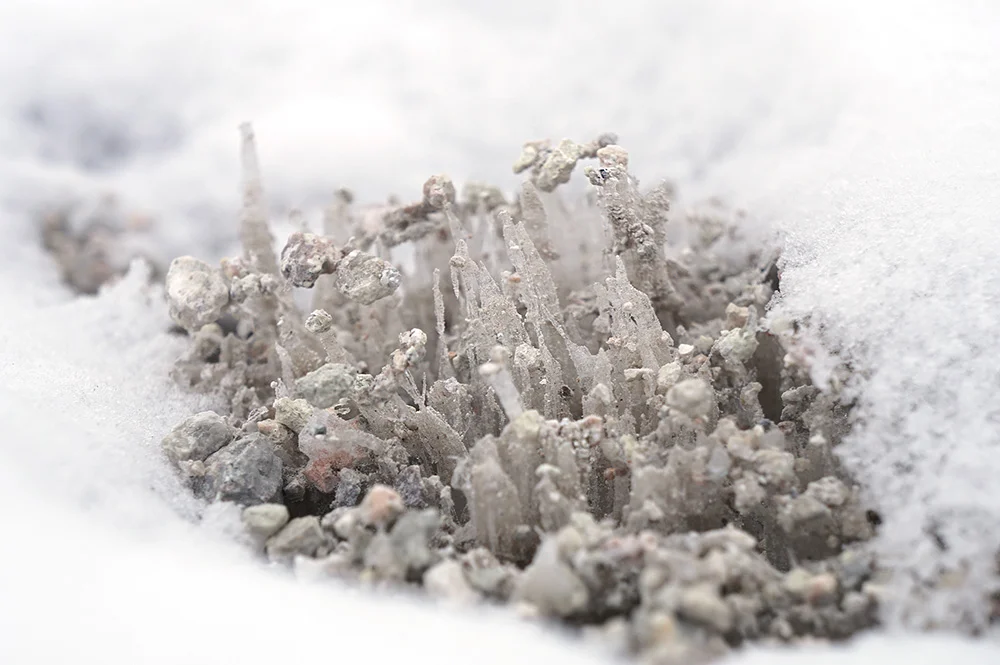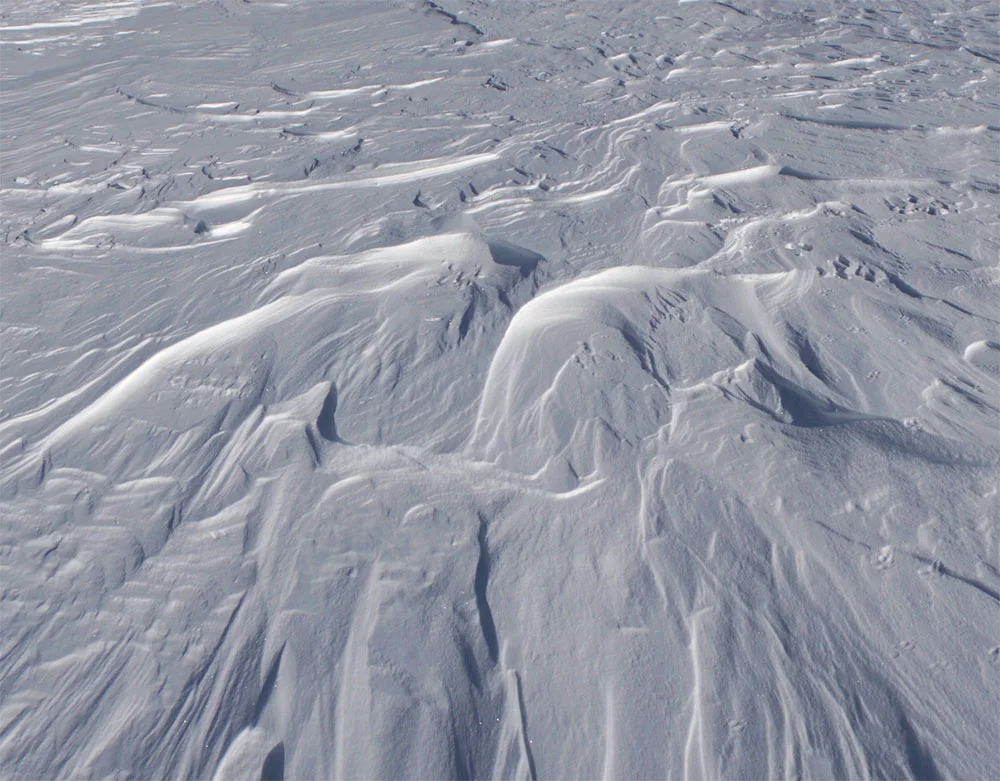To me snow is already a phenomenon! But apparently this can go much further and there is no limit to the intricate beauty of shiny white frozen water. Here is a list to the snow and ice conditions I came across so far.
Diamond dust image is taken in Novosibirsk, Siberia, Russia
Diamond dust is a ground-level cloud composed of tiny ice crystals. This meteorological phenomenon is also referred to simply as ice crystals and is reported in the METAR code as IC. Diamond dust generally forms under otherwise clear or nearly clear skies, so it is sometimes referred to as clear-sky precipitation. It is most commonly observed in Antarctica and the Arctic, but it can occur anywhere with a temperature well below freezing. In polar regions diamond dust may continue for several days without interruption. Wiki
This photo is from Hokkaido, Japan, near the volcano (Mount Io)
Needle ice is a phenomenon that occurs when the temperature of the soil is above 0 °C (32 °F) and the surface temperature of the air is below 0 °C (32 °F). The subterranean liquid water is brought to the surface via capillary action, where it freezes and contributes to a growing needle-like ice column. Needle ice requires a flowing form of water underneath the surface, from that point it comes into contact with air that is below freezing. This area of the process usually occurs at night when temperature peaks its low point. From then on, it produces a needle like structure as we know as “Needle Ice”. Wiki
Sastrugi, or zastrugi, are sharp irregular grooves or ridges formed on a snow surface by wind erosion, saltation of snow particles, and deposition, and found in polar and open sites such as frozen lakes in cold temperate regions. The ridges are usually parallel to the prevailing winds; they are steep on the windward side and sloping to the leeward side. Smaller irregularities of this type are known as ripples (small, ~10 mm high) or wind ridges. Wiki
Frozen Ob sea, Siberia
This is a good example of wind ridges I found on the same frozen sea, though formed out of dog's foot prints.
Snow storm in New York, spring 2017
Ice pellets are a form of precipitation consisting of small, translucent balls of ice. Ice pellets are smaller than hailstone which form in thunderstorms rather than in winter, and are different from graupel ("soft hail") which is made of frosty white rime, and from a mixture of rain and snow which is a slushy liquid or semisolid. Ice pellets often bounce when they hit the ground or other solid objects, and make a higher-pitched "tap" when striking objects like jackets, windshields, and dried leaves, compared to the dull splat of liquid raindrops. Pellets generally do not freeze into a solid mass unless mixed with freezing rain. The METAR code for ice pellets is PL. Wiki
A snow roller is a rare meteorological phenomenon in which large snowballs are formed naturally as chunks of snow are blown along the ground by wind, picking up material along the way, in much the same way that the large snowballs used in snowmen are made. They can be as small as a tennis ball, but they can also be bigger than a car. Wiki
*This post will be updated with more types of snow phenomenon, please comment and suggest what else should be featured.







